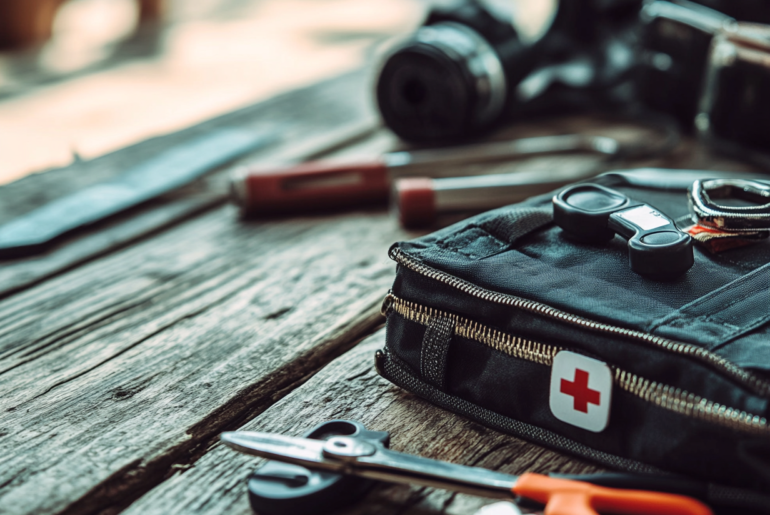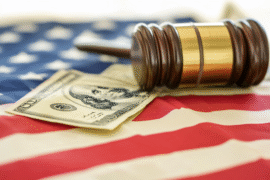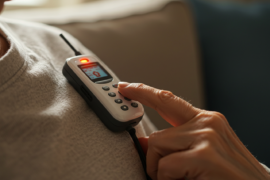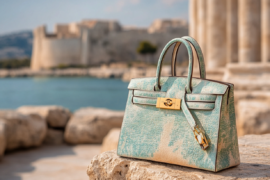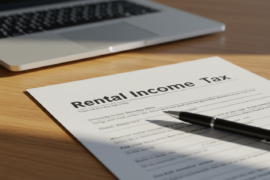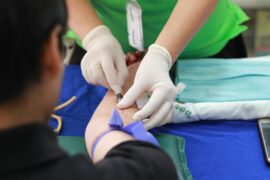This article may contain references to products or services from one or more of our advertisers or partners. We may receive compensation when you click on links to those products or services. Nonetheless, our opinions are our own.
Ahoy there, brave souls of the sea! Whether you’re a seasoned sea dog or a fresh-faced deckhand, there’s one companion you need on board — and no, it’s not just a sturdy pair of boots or a bottomless coffee mug. It’s your first aid kit. In the event of an accident where medical attention is delayed, and you need to understand your rights, having access to a maritime accident Attorney can be crucial. Out on the open ocean, where the nearest hospital is a thousand nautical miles away, your first aid kit isn’t just a box of bandages — it’s your floating ER, your paramedic, and sometimes, your only shot at staying in one piece. So, let’s talk about what truly deserves a spot in this life-saving arsenal.
- 1. The Basics: Patch and Go
- 2. Pain Relief: For When the Ship Won’t Stop Rocking
- 3. Wound Care: When “Just a Scratch” Isn’t Just a Scratch
- 4. Respiratory and Allergy Relief: When the Air Bites Back
- 5. Gastrointestinal Fixes: Stomach Storms Ahead
- 6. Emergency Gear: More Than Just Band-Aids
- 7. Prescription Meds: The Personal Touch
- 8. Communication: SOS for Help
- Why Talking to a Lawyer Might Save More Than Just Your Skin
- Final Thoughts
- Recommended Reads
1. The Basics: Patch and Go
Let’s kick off with the essentials. Your first aid kit should have the holy trinity of wound care: sterile gauze, adhesive bandages (in all sizes), and medical tape. You’ll need these for everything from a papercut to a gash that screams “bad day at sea.” Don’t skimp on antiseptics either—think alcohol wipes, hydrogen peroxide, and iodine. Infection loves a damp, salty environment almost as much as barnacles do.
2. Pain Relief: For When the Ship Won’t Stop Rocking
Seasickness can turn even the toughest sailor into a whimpering mess. Pack motion sickness tablets (like dimenhydrinate or meclizine). But that’s not all — pain doesn’t take a vacation at sea. Ibuprofen, acetaminophen, and aspirin are must-haves for headaches, muscle aches, or the aftermath of hauling one too many nets.
3. Wound Care: When “Just a Scratch” Isn’t Just a Scratch
Ever tried suturing a wound while the boat’s pitching like a theme park ride? Hopefully, you won’t have to — but pack a suture kit or adhesive wound closures (like Steri-Strips) just in case. Add antibiotic ointments to fend off the nasty bugs and burn creams because galley accidents happen more than you think.
4. Respiratory and Allergy Relief: When the Air Bites Back
Salt air might be refreshing, but allergies or sudden respiratory issues are no joke. Stock up on antihistamines (like diphenhydramine or loratadine) and inhalers if anyone in the crew has asthma. An epinephrine injector (EpiPen) should be onboard for severe allergic reactions — because a surprise seafood allergy at sea is as fun as a rogue wave.
5. Gastrointestinal Fixes: Stomach Storms Ahead
Rough seas or sketchy food can wreak havoc on your gut. Be prepared with anti-diarrheal meds (like loperamide), antacids for heartburn, and laxatives — because being stuck in a tiny cabin with a digestive emergency is nobody’s idea of a good time. Also, rehydration salts are gold when you’re losing fluids fast.
6. Emergency Gear: More Than Just Band-Aids
A first aid kit isn’t just about meds — gear matters too. Include scissors, tweezers, digital thermometers, and disposable gloves. A CPR mask is vital for safe resuscitation, and instant cold packs help with sprains or bruises. Don’t forget a first aid manual — because Googling “how to treat a broken arm” is tricky with no WiFi.
7. Prescription Meds: The Personal Touch
Every crew member should declare their medications. A small supply of prescription meds may be included in the kit. Consider antibiotics for emergency use (as prescribed by a doctor), and if anyone has chronic conditions like diabetes or heart disease, their meds should have backups onboard.
8. Communication: SOS for Help
While not technically part of the first aid kit, ensure a clear medical emergency plan. This includes satellite phones, VHF radios, and emergency contact info for telemedical services. Time matters when you’re treating an injury mid-ocean.
Why Talking to a Lawyer Might Save More Than Just Your Skin
Now, let’s get serious for a second. Accidents at sea aren’t just a health risk — they can be a legal minefield, too. If you suffer an injury onboard, knowing your rights is just as crucial as knowing how to treat a wound. Maritime law is complex, and seeking legal advice ensures you’re protected, especially if there’s negligence involved. A seasoned maritime accident Attorney can guide you through medical claims, compensation processes, and anything else that might surface.
Final Thoughts
In the unpredictable seafaring world, your first aid kit is more than a checklist — it’s a lifeline. From handling minor scrapes to stabilizing a major emergency, it keeps you afloat — literally and figuratively. And while you can’t plan for every storm, having the right gear and legal know-how means you’ll be ready for whatever the sea throws your way. So stock that kit smartly and sail safely. Fair winds and following seas!

Reviewed and edited by Albert Fang.
See a typo or want to suggest an edit/revision to the content? Use the comment form below for feedback.
At FangWallet, we value editorial integrity and open collaboration in curating quality content for readers to enjoy. Much appreciated for the assist.
Did you like our article and find it insightful? We encourage sharing the article link with family and friends to benefit as well - better yet, sharing on social media. Thank you for the support! 🍉
Article Title: Crafting the Ultimate First Aid Kit for Life at Sea
https://fangwallet.com/2025/03/15/crafting-the-ultimate-first-aid-kit-for-life-at-sea/The FangWallet Promise
FangWallet is an editorially independent resource - founded on breaking down challenging financial concepts for anyone to understand since 2014. While we adhere to editorial integrity, note that this post may contain references to products from our partners.
The FangWallet promise is always to have your best interest in mind and be transparent and honest about the financial picture.
Become an Insider
Editorial Disclaimer: The editorial content on this page is not provided by any of the companies mentioned. The opinions expressed here are the author's alone.
The content of this website is for informational purposes only and does not represent investment advice, or an offer or solicitation to buy or sell any security, investment, or product. Investors are encouraged to do their own due diligence, and, if necessary, consult professional advising before making any investment decisions. Investing involves a high degree of risk, and financial losses may occur including the potential loss of principal.
Source Citation References:
+ Inspo
There are no additional citations or references to note for this article at this time.
